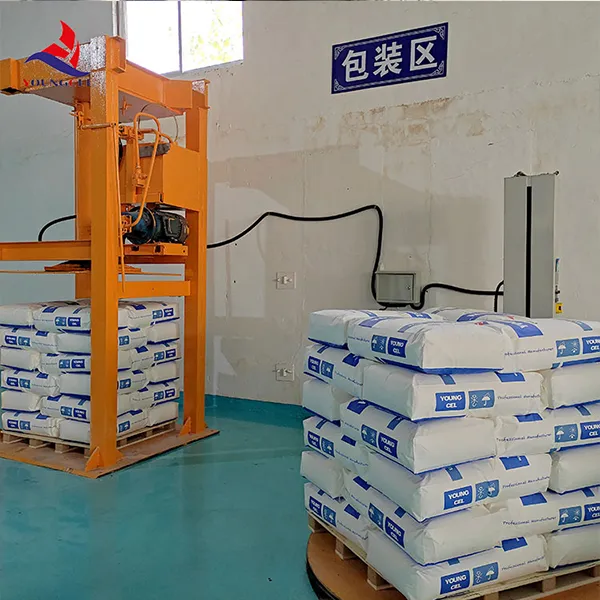The Significance of Cellulose in Material Science
Cellulose is a natural polysaccharide made up of glucose units and is one of the most abundant organic polymers on Earth. Found primarily in the cell walls of plants, cellulose serves not only as a structural component but also plays a pivotal role in various industries and applications ranging from textiles to biofuels. This article explores the significance of cellulose as a material, its properties, production methods, and innovations in cellulose-based applications.
Properties of Cellulose
Cellulose is renowned for its remarkable properties that make it suitable for a variety of applications. It is biodegradable, non-toxic, and renewable, making it an environmentally friendly choice compared to synthetic materials. The polymer structure of cellulose provides it with high tensile strength, leading to increased durability and resilience, which are crucial for its function in plant structures. Its hydrophilic nature allows cellulose to interact favorably with water, making it an ideal candidate for various applications requiring moisture regulation and absorption.
Production and Sources
Cellulose is primarily derived from plant sources, with wood, cotton, and hemp being rich in this polysaccharide. The extraction of cellulose typically involves a combination of mechanical and chemical processes to separate it from lignin, hemicellulose, and other plant components. This process can yield highly purified cellulose, which can then be used in the production of various products such as paper, textiles, and bioplastics.
In recent years, researchers have been exploring alternative sources of cellulose, such as agricultural waste, which includes crop residues and by-products. Utilizing these materials not only promotes sustainability but also helps reduce waste, integrating a circular economy approach to industry practices. The conversion of waste into valuable cellulose materials showcases innovation in material science and sustainability.
Applications of Cellulose
cellulose material

One of the leading applications of cellulose is in the paper and pulp industry. Cellulose fibers are processed to create a wide range of paper products, from packaging materials to high-quality writing paper. In the textile industry, cellulose derivatives such as rayon and lyocell are utilized to produce fabrics that are soft, breathable, and biodegradable.
Moreover, cellulose has garnered attention in the realm of bioengineering and medicine. Cellulose-based hydrogels have emerged as promising materials for drug delivery systems and wound dressings due to their biocompatibility and ability to retain moisture. Additionally, cellulose nanomaterials, derived from plant cellulose, exhibit exceptional mechanical properties and are being explored for use in nanocomposites, coatings, and energy storage devices.
Innovations and Future Directions
The future of cellulose as a material is bright, with ongoing research aiming to enhance its properties and expand its applications. Advances in nanotechnology are enabling the development of cellulose nanocrystals and nanofibers, which possess unique properties that can be tailored for specific uses. For instance, these nanomaterials can be employed in creating lightweight composite materials for the automotive and aerospace industries.
Furthermore, with the pressing need for sustainable solutions to combat pollution and resource depletion, cellulose-based bioplastics are gaining traction as eco-friendly alternatives to petroleum-based plastics. Research is focused on improving the performance and cost-effectiveness of these bioplastics to drive their adoption in packaging and consumer goods.
Conclusion
Cellulose is a versatile and sustainable material that holds immense potential across various industries. Its abundance and favorable properties make it an ideal candidate for numerous applications, from everyday products to advanced biomedical devices. As innovation continues to drive research in cellulose applications and processing methods, its role in promoting a sustainable and circular economy is poised to grow, underscoring the material’s significance in the modern world.
-
The Application and Significance of Construction RdpNewsMay.19,2025
-
Industrial Grade HpmcNewsMay.19,2025
-
Building Coating Adhesive Building Coating Adhesive HpmcNewsMay.19,2025
-
Application Of Hpmc For Detergent For Detergent In DetergentsNewsMay.19,2025
-
Application Of Hpmc Cellulose In Cement-Based MaterialsNewsMay.19,2025
-
Application Of High Quality Hpmc For Construction In The Field Of ConstructionNewsMay.19,2025




